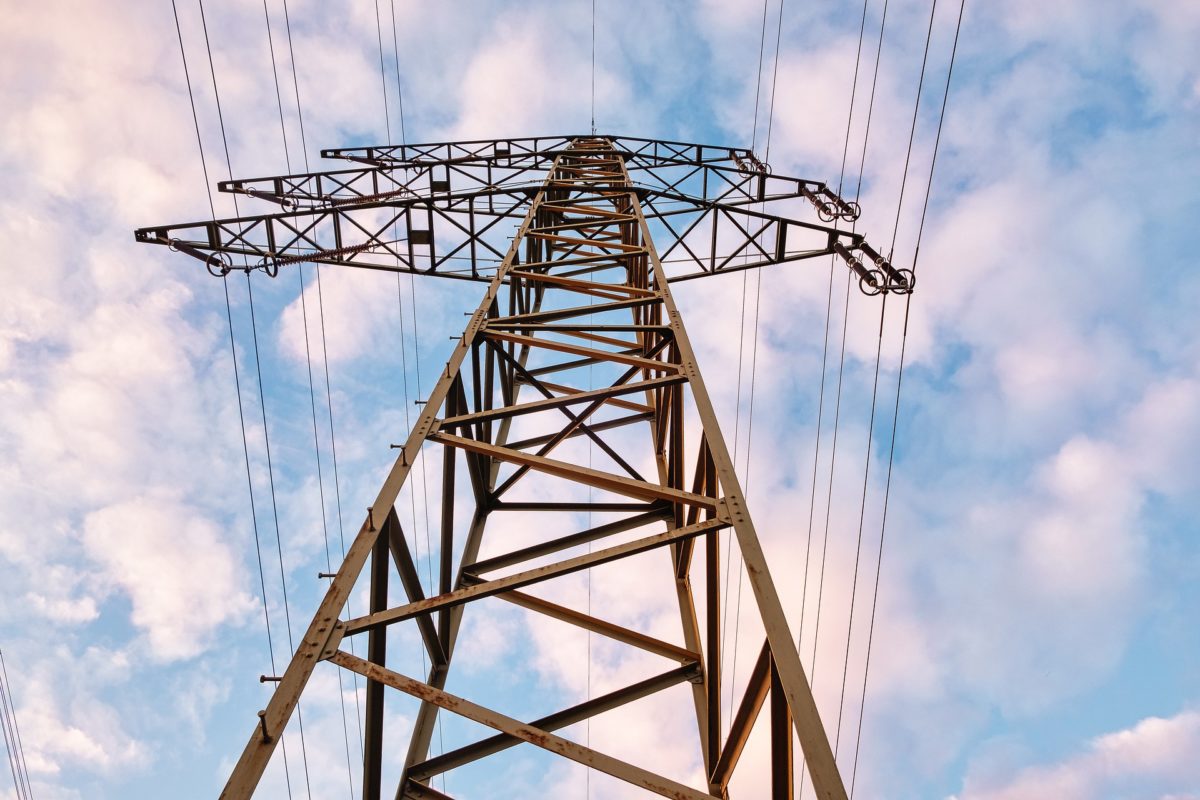Expanding the California grid operator the California Independent System Operator (CAISO) into a regional transmission organization (RTO) would save California money, but some have expressed concern that the associated governance changes could reduce the state’s autonomy over many policies, a report said.
The state legislature requested the report from CAISO, asking for a review of existing studies on the impacts of expanded regional grid cooperation in California that focuses on “key issues that will most effectively advance the state’s energy and environmental goals.” At CAISO’s request, the National Renewable Energy Laboratory (NREL) reviewed the studies and prepared the report.
NREL reviewed studies on the most comprehensive mode of regional cooperation, namely an RTO, as well as three other options—energy imbalance markets, day-ahead markets, and coordination of resource adequacy.
Most studies summarized in the report focused on four types of benefits from regional cooperation: reduced production costs, reduced resource adequacy costs, efficient transmission planning, and reliability benefits.
NREL reported that one study, “The state-led market study” by Energy Strategies, estimated that a West-wide RTO would reduce production costs by 6.4% by 2030, yielding $833 million in annual production cost savings. CAISO has said that the Energy Strategies study is among those that it considered most relevant for the report, in a January response to stakeholder comments.
“The literature generally notes” that expanded regional cooperation would help California meet its clean energy goals more effectively than without expanded regional cooperation, NREL said, citing specific studies.
At the same time, NREL said “the literature suggests strongly” that for CAISO to become a multi-state RTO would require changes to CAISO’s governance, adding that several stakeholders also stated this view in comments on a draft version of the report.
For some study authors, expanding CAISO to become a regional RTO “raises concerns that California would have less autonomy over many policies.” NREL said that all other U.S. multi-state RTOs have an independent governing board elected by RTO members.
Currently CAISO is publicly governed. In contrast, the grid operator PJM, an existing multi-state RTO with a large backlog of interconnection requests for renewables and storage, grants 80% of members’ voting power to generation, transmission and distribution owners and suppliers, using a weighted voting formula.
NREL also reviewed the option of two sub-regional RTOs: CAISO and a second RTO that included other Western states. NREL turned again to the Energy Strategies study, reporting its estimate that for either an RTO or a day-ahead market, California would save more with one regional market than with two.
Because joining an RTO is voluntary, NREL cautioned that the quantitative outcomes of the studies included in its review, all of which assumed universal participation, “are best interpreted as an upper bound of potential benefits under ideal conditions and universal participation.”
Discussing other regional coordination options, NREL reported that existing regional coordination through the voluntary Western Energy Imbalance Market, operated by CAISO, has yielded savings of $3.4 billion since 2014.
As for a regional day-ahead energy market that did not require participants to become RTO members, NREL said the Energy Strategies study found that such a market would reduce production costs, but only one-eighth as much as a single West-wide RTO would.
A Western Resource Adequacy Program now being implemented, after being approved by federal regulators last month, will pool resource adequacy across multiple states while retaining state authority on the mix of resources, NREL said, noting that some technical studies demonstrated this could reduce the cost of resource adequacy.
NREL will hold a public stakeholder call on March 8, 2023 to discuss the report, titled “The impacts on California of expanded regional cooperation to operate the Western grid.”
This content is protected by copyright and may not be reused. If you want to cooperate with us and would like to reuse some of our content, please contact: editors@pv-magazine.com.








By submitting this form you agree to pv magazine using your data for the purposes of publishing your comment.
Your personal data will only be disclosed or otherwise transmitted to third parties for the purposes of spam filtering or if this is necessary for technical maintenance of the website. Any other transfer to third parties will not take place unless this is justified on the basis of applicable data protection regulations or if pv magazine is legally obliged to do so.
You may revoke this consent at any time with effect for the future, in which case your personal data will be deleted immediately. Otherwise, your data will be deleted if pv magazine has processed your request or the purpose of data storage is fulfilled.
Further information on data privacy can be found in our Data Protection Policy.